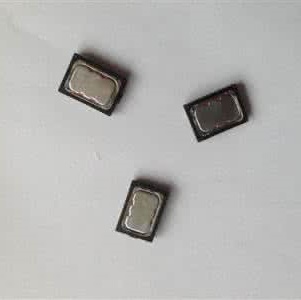This paper presents and evaluates a set of methods to classify individual Scopus publications using their references back to the second generation, where each publication can be assigned fractionally into up to five ASJC (All Science Journal Classifications) categories, excluding the Multidisciplinary area and the miscellaneous categories. Based on proposals by Glanzel et al. (1999a, 1999b, 2021), some additional parameters are established that allow different results to be obtained depending on how category membership is weighted or how the acceptance thresholds for multiple assignments are established. Various classifications are obtained, and then compared with each other, with the original ASJC Scopus journal classification, and with the AAC (Authors Assignation Collection) classification of a previous study (Alvarez-Llorente et al., 2023) in which the papers corresponding authors assign them the most appropriate categories. Classifications in which a high threshold is set for allowing assignments to multiple categories, combined with the use of first- and second-generation references and averaging over the number of references, provide the most promising results, improving over other reference-based reclassification proposals in terms of granularity, and over the Scopus classification itself in such aspects as the homogeneity of the publications assigned to a category. They also show greater coincidence with the AAC classification.
翻译:暂无翻译




